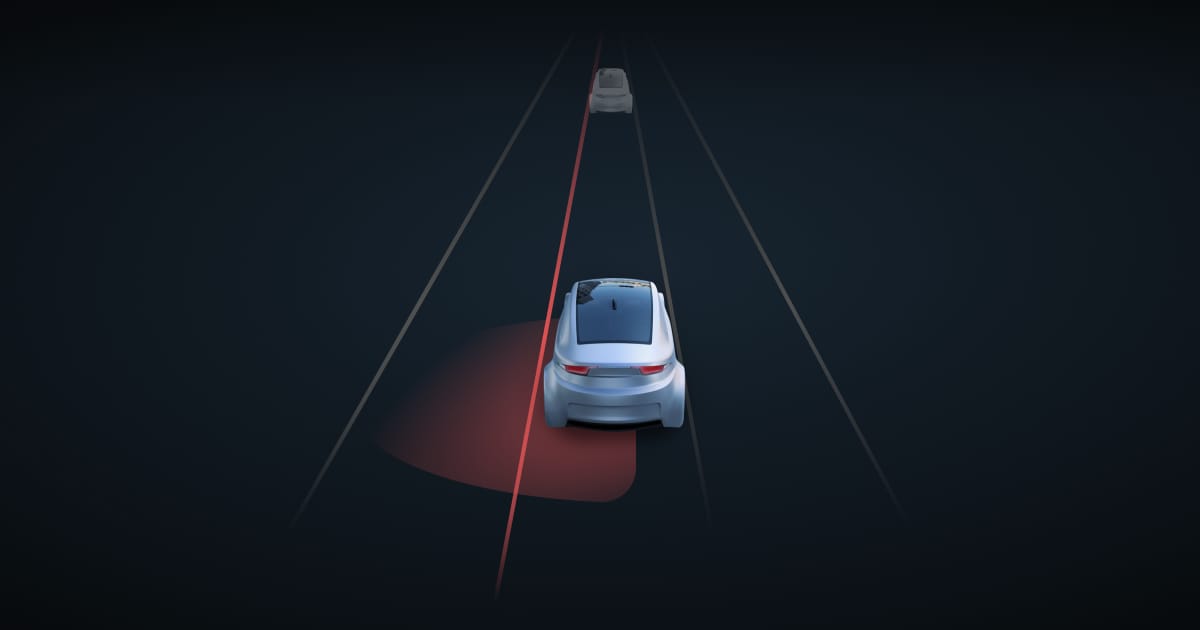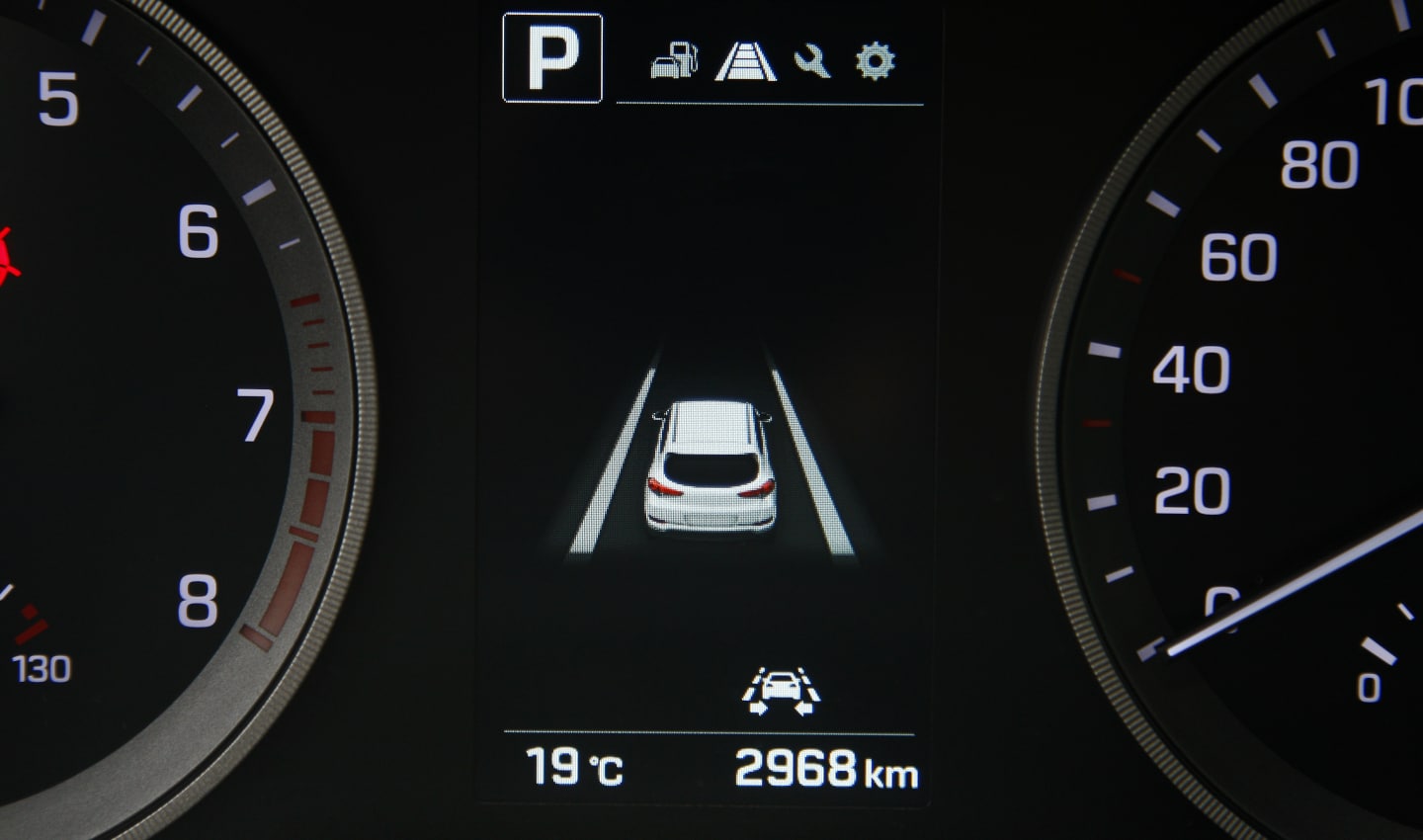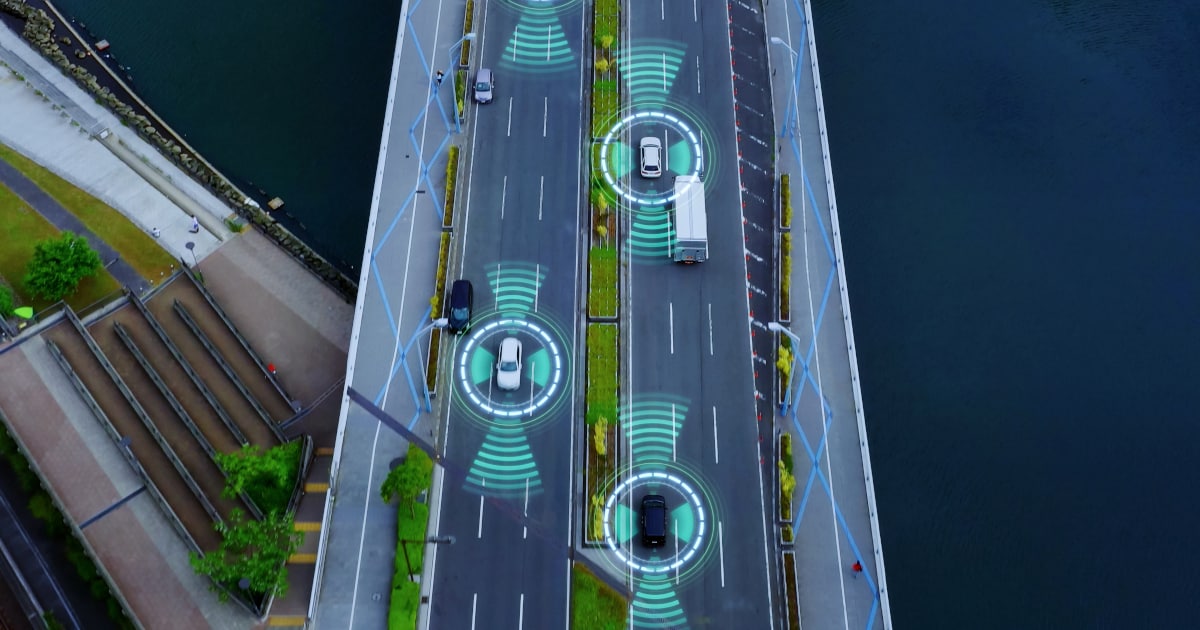
Although drivers should always be aware of their surroundings while driving, split second lapses of concentration do happen. And that’s all it can take for a fatal accident to occur. The good news: there is tech that is trying to keep those in vehicles safe when lapses in concentration occur.
One of the most common outcomes, when a driver’s concentration lapses, is for them to stray from their marked lane into oncoming traffic or even off the road. Fatigue and distraction are the most common causes of drivers unintentionally straying from their marked lane. In 2015, research found that 13,000 people in the U.S. died as a result of vehicles departing from their lane.
According to a 2019 study published in the International Association of Traffic and Safety Sources Journal, researchers project that the introduction of effective lane departure prevention technology could prevent 66.5% of single vehicle lane departure by 2045.
Thankfully, highly effective lane departure prevention systems do exist and are becoming more common. Usually, one of many technologies in a suite of Advanced Driver Assistance Systems (ADAS), they come in a few forms, most commonly as Lane Departure Warnings (LDW) or Lane-Keep Assistants (LKA).What you need to know about Lane Departure Warnings
A Lane Departure Warning is one of the most basic forms of ADAS and lane-keeping tech.In simple terms, an LDW system alerts you — the driver — when your car unintentionally drifts out of its lane, giving you notice to steer safely back into the center of the lane. While there’s lots of talk about ADAS today, LDWs have been around since the turn of the millennium.
 Lane departure warnings take different forms depending on the vehicle. Some use audible alerts, others use visual alerts, some use both.
Lane departure warnings take different forms depending on the vehicle. Some use audible alerts, others use visual alerts, some use both.Mitsubishi was one of the first companies to develop and install a lane departure warning system in the early 1990s. By the late 1990s the Japanese carmaker was developing an entire driver support system built around its lane departure warning system, you can read the original press release for the tech here! The Debonair was the first Mitsubishi to get the lane departure warning system.
In the early 2000s, Mercedes began fitting similar tech to its Actros trucks.
How do they work?
In most cases, lane departure warning systems use some kind of forward-facing sensor, a camera, laser or infrared sensors to track lane markings on the road ahead. When processed alongside information about steering angle, vehicle position and dimensions, on-board computers can calculate when the vehicle is straying from the center of its marked lane.These technologies are particularly effective when road markings are clear and unobstructed, and there are lane markings on both sides of the vehicle. Lane departure warnings and lane keep assistants ensure you keep your vehicle int he center of the lane. Both systems use sensors to monitor your vehicle's position in its lane. However, automatic lane keep assistants will steer the car back towards the center of the lane. Departure warnings just alert the driver when the vehicle is getting close to leaving its lane of travel.When the system recognizes the vehicle is straying from its lane, it’ll alert the driver with a warning. Most of the time these are audible, but some versions of the system vibrate the steering wheel or driver’s seat. There’s usually a visual warning on the dashboard or infotainment screen too.
Lane departure warnings and lane keep assistants ensure you keep your vehicle int he center of the lane. Both systems use sensors to monitor your vehicle's position in its lane. However, automatic lane keep assistants will steer the car back towards the center of the lane. Departure warnings just alert the driver when the vehicle is getting close to leaving its lane of travel.When the system recognizes the vehicle is straying from its lane, it’ll alert the driver with a warning. Most of the time these are audible, but some versions of the system vibrate the steering wheel or driver’s seat. There’s usually a visual warning on the dashboard or infotainment screen too.These systems just warn drivers, though, the latest iterations of the tech are capable of a little more than just alerting a driver when something’s not right.
What are Lane-Keep Assistance Systems?
Developments in driving tech have led lane departure warnings to evolve into more active systems that can take control of the vehicle and perform the corrective action to recenter the car in its lane.
These are known as Automatic Lane-Keep Systems, (ALKS, for short).They’re pretty similar to LDWs except rather than just warning the driver, they can also take over steering duties and maneuver the car back into the center of the lane safely. These types of lane-keeping tech are often central to high-level ADAS.Unlike LDWs, ALKS are much newer and are not as common. They’re so new that many countries are only just deciding how to regulate their safe use. The U.K. government issued a 45-page document in 2021 outlining the safe use of ALKS, following the June 2020 approval of the UNECE Automated Lane Keeping System Regulation.
When used properly, they stand to make driving safer. However, the risk is that drivers use them incorrectly and stop paying attention to the road ahead as the vehicle seems to be controlling itself. All ALKS is doing is making sure the vehicle continues its course in a given lane, it won’t be able to react to sudden braking of vehicles in front or to unexpected hazards or other vehicles that might swerve in front of you. Lane keep assitants and lane departure warnings can be turned on and off by the driver. When engaged, they help a driver keep their vehicle centered in its lane.What’s more, sensors may be dirty, or road markings may become unclear — adverse weather can be particularly troublesome — in these instances the systems will stop working as intended. As such, drivers always need to be paying attention to the state of the vehicle and the road ahead.In some cases, you might want to swerve or move from your lane to follow a safer path of travel. If you have an ALKS system engaged, you will have to overcome steering resistance that’s trying to keep you in your lane. That’s not always desirable, so thoughtful use of this tech is advised. ALKS systems pause temporarily while indicators are in use, but we don’t always have time to indicate around a sudden hazard!
Lane keep assitants and lane departure warnings can be turned on and off by the driver. When engaged, they help a driver keep their vehicle centered in its lane.What’s more, sensors may be dirty, or road markings may become unclear — adverse weather can be particularly troublesome — in these instances the systems will stop working as intended. As such, drivers always need to be paying attention to the state of the vehicle and the road ahead.In some cases, you might want to swerve or move from your lane to follow a safer path of travel. If you have an ALKS system engaged, you will have to overcome steering resistance that’s trying to keep you in your lane. That’s not always desirable, so thoughtful use of this tech is advised. ALKS systems pause temporarily while indicators are in use, but we don’t always have time to indicate around a sudden hazard!What does the future hold for lane-keeping tech?
Automatic lane-keeping technologies are becoming more and more common. Lane departure warnings are so common now, they’re quite often standard equipment on many vehicles.Stellantis has its LaneSense LDW system; BMW its Driving Assistant Plus; Jaguar its InControl; Tesla has its Autopilot and Volvo offers LDW as part of its Driver Alert System.Recently, Consumer Reports tested a collection of active driver assist systems, you can see how the big marques stack up here.
You’re unlikely to find a carmaker that doesn’t offer some form of LDW or ALKS! The closely related industry of traffic jam assistants, which are forms of ALKS and cruise control, is expected to be worth $5.58 billion by 2028, Digital Journal reports.
ALKS, on the other hand, is surely paving way for higher levels of automated driving. Alongside adaptive cruise control systems, these technologies are taking huge amounts of stress out of driving and making the roads safer, when they’re used correctly.
Unlike Intelligent Speed Assistants, they’re not required by law, though. So, it’ll be some years before we see this tech on every new vehicle as standard.Whatever carmakers decided to call it, research shows that these systems are indeed contributing to a safer, smoother driving experience. And if they’re leading to new technologies that go on to make driving even safer still, that can only be a good thing.People also read
)
A brief history of the cruise control system in your car
)
What is adaptive cruise control and how does it work?
)
The future of driving is electric, here's why
)
Helping drivers 'see' further with Jam Tail Warnings
* Required field. By submitting your contact details to TomTom, you agree that we can contact you about marketing offers, newsletters, or to invite you to webinars and events. We could further personalize the content that you receive via cookies. You can unsubscribe at any time by the link included in our emails. Review our privacy policy. You can also browse our newsletter archive here.
)